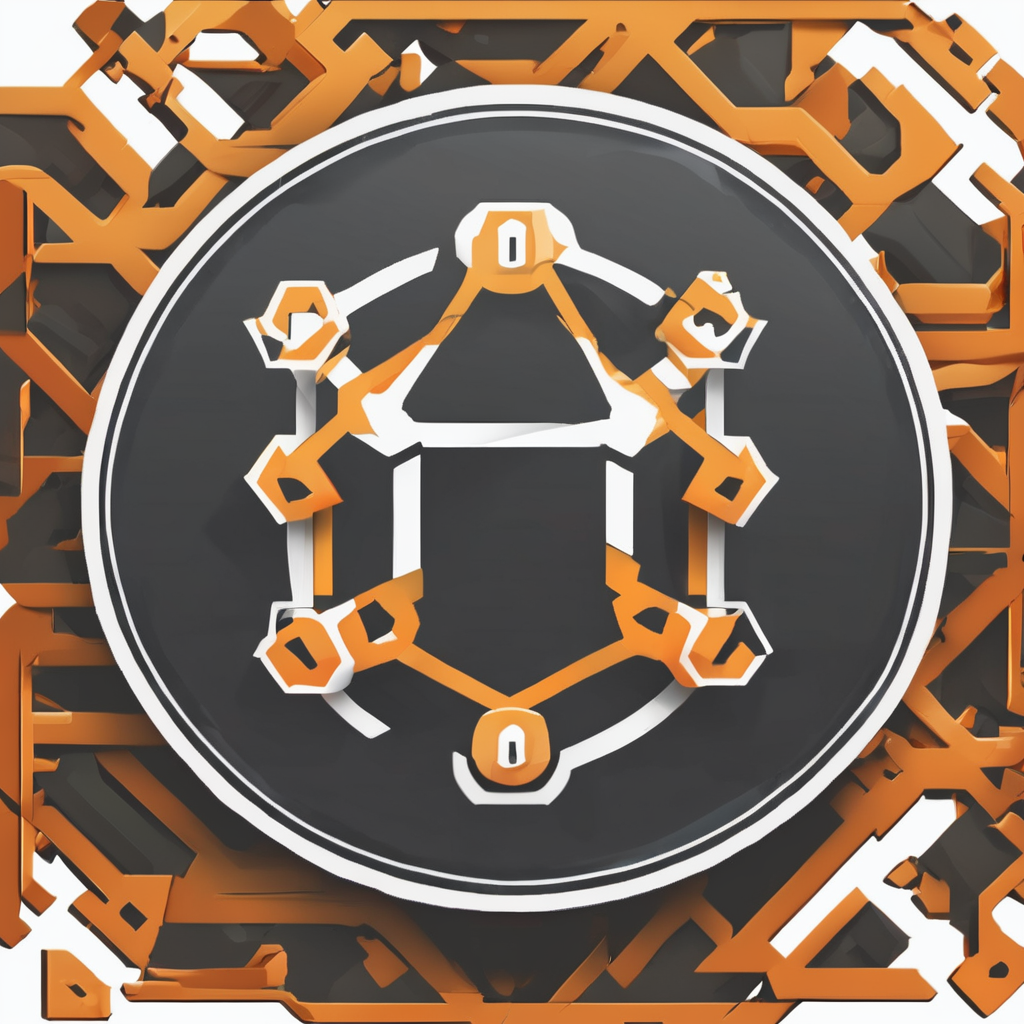Product Lifecycle Management (PLM) strengthens cybersecurity by embedding security measures at every stage of product development. Integrating design, manufacturing, and service processes ensures vulnerabilities are identified early and managed effectively. This holistic approach transforms cybersecurity from an afterthought into a continuous, collaborative effort that enhances product resilience and protects sensitive data throughout its entire lifecycle.
Core Functions and Benefits of Product Lifecycle Management
PLM, or Product Lifecycle Management, systematically oversees every phase of a product’s life—from initial idea, through design and launch, to end-of-life and possible repurposing. This holistic control allows businesses to synchronize efforts across development, manufacturing, marketing, and support, improving workflow effectiveness. Learn more here.
In the same genre : How is the UK enhancing cybersecurity with high-tech solutions?
Understanding the stages of the product lifecycle is key. The journey typically begins with the concept phase, where research identifies customer needs and feasibility. In the design stage, prototypes take shape and undergo testing. Production follows, emphasizing quality manufacturing and assembly. Once launched, the product enters the service and support phase with warranty management and user feedback guiding improvements. Finally, retirement involves withdrawal, recycling, or redesign opportunities—think of the automotive industry shifting classic models toward eco-friendly alternatives.
Implementing robust PLM processes provides measurable business value. Efficiency soars as real-time collaboration and centralized product data eliminate duplication and manual handoffs. This directly impacts speed-to-market for new products. Error reduction and cost savings come from integrated product data management, enabling teams to reuse reliable components and anticipate challenges early. Enhanced analytics support smarter resource use and boost the quality of final products.
Also to discover : Unleash efficiency with stylish free notion templates
Cross-functional collaboration becomes seamless through PLM’s connected workflows, breaking down departmental silos and fostering a data-driven culture. PLM platforms also support compliance and security, especially in highly regulated sectors, by tracking design changes and documentation for audits. For organizations eager to scale innovation and maintain competitive advantage, adopting lifecycle management best practices is an essential step.
Integrating Security and Compliance in the Product Lifecycle
Embedding cybersecurity from initial design to product end-of-life
Precision: Product lifecycle and quality management requires integrating lifecycle data security considerations from concept through end-of-life. Security features should be designed into products at the earliest stage. By automating compliance measures via robust PLM software features, teams ensure that lifecycle regulatory compliance is built in, not added later. This lowers the risk of vulnerabilities persisting through production and eventual recycling or retirement of the product.
Managing traceability, regulatory compliance, and audit readiness through PLM systems
PLM software solutions centralize and track all design, manufacturing, and change data. This supports robust lifecycle regulatory documentation, addressing even the strictest lifecycle regulatory compliance demands. Traceability features enable audit readiness, so companies can respond efficiently to compliance requests and demonstrate adherence to security standards.
Reducing vulnerabilities and securing supply chains via PLM-enabled risk management
Lifecycle risk management is strengthened by PLM software solutions. These platforms visualize supplier dependencies and manage third-party risks, which is crucial as cyber threats increasingly target supply chains. Assuring consistent lifecycle data security considerations across the entire product lifecycle helps organizations proactively control vulnerabilities and uphold a high standard of product lifecycle and quality management.
Future Trends and Software Solutions in Product Lifecycle Management
Key PLM Software Solutions and Emerging Digital Tools Shaping the Industry
Modern product lifecycle software solutions provide seamless integration across departments, benefiting manufacturers, retailers, and technology firms. Leading PLM software features include centralized document control, robust process management, and embedded analytics to enhance decision-making. The market now favors best PLM tools that synchronize lifecycle data management and real-time collaboration. Companies investing in digital transformation in product lifecycle realize noticeable improvements in cycle time and accuracy, adapting more quickly to dynamic market requirements.
Role of AI, IoT, and Digital Twins in Advancing PLM Capabilities
AI and IoT technologies drive lifecycle digital twin applications, enabling simulations and predictive maintenance throughout every phase. These innovations support software lifecycle management by allowing designers to track usage patterns and anticipate failure points, actively reducing waste and extending product viability. Digital twins also accelerate lifecycle future trends and forecasts by testing virtual models before physical production, saving costs and resources.
Cloud-Based PLM: Security, Scalability, and Accessibility
The shift to cloud-based lifecycle management has broadened accessibility for global teams and simplified version control. Cloud solutions streamline software lifecycle management, making information secure, scalable, and available anywhere. This transformation empowers organizations to execute lifecycle future trends and forecasts with resilience and agility.






